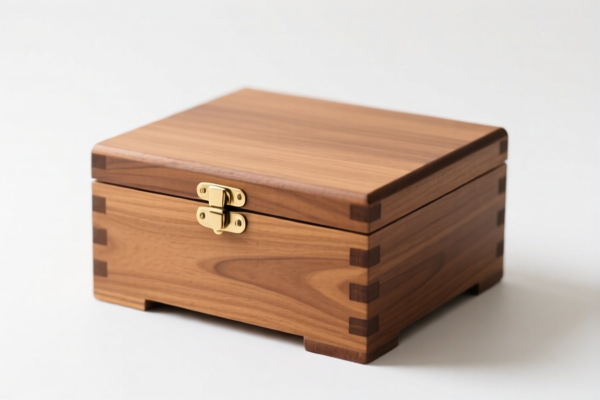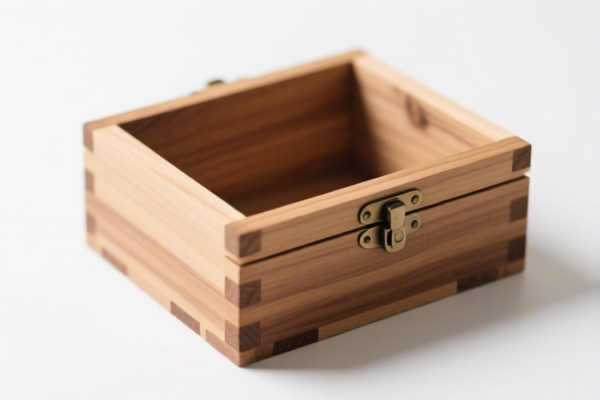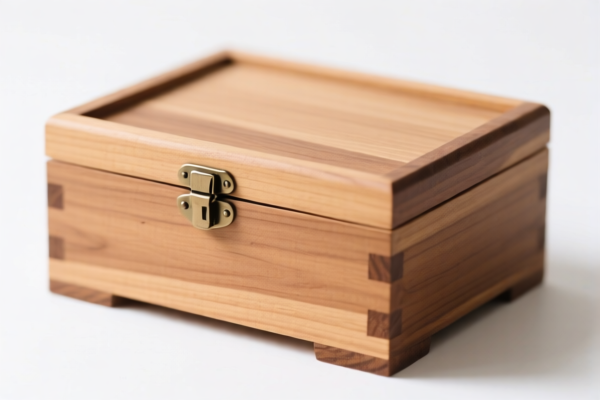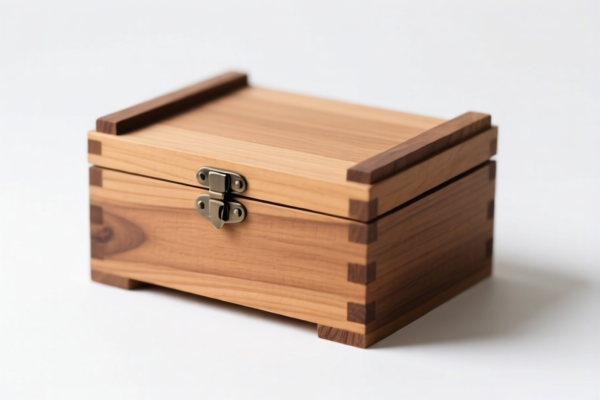| HS Code | Official Doc | Tariff Rate | Origin | Destination | Effective Date |
|---|---|---|---|---|---|
| 4901990010 | Doc | 37.5% | CN | US | 2025-05-12 |
| 4901990070 | Doc | 37.5% | CN | US | 2025-05-12 |
| 3923102000 | Doc | 55.0% | CN | US | 2025-05-12 |
| 3923109000 | Doc | 58.0% | CN | US | 2025-05-12 |
| 3926901000 | Doc | 40.9% | CN | US | 2025-05-12 |
| 3926909989 | Doc | 42.8% | CN | US | 2025-05-12 |




Sealed Box
A sealed box is a container designed to prevent the ingress or egress of air, liquids, gases, or other substances, maintaining the contents' integrity and protecting them from external factors. The primary characteristic is its ability to form an airtight or watertight closure.
Materials
Sealed boxes are constructed from a variety of materials, chosen based on the contents' requirements and the level of protection needed:
- Cardboard: Commonly used for general shipping and storage, often with plastic liners or coatings for moisture resistance. Sealing is achieved through tape, glue, or interlocking flaps.
- Plastic: Offers varying degrees of impermeability depending on the plastic type (e.g., polypropylene, polyethylene, PVC). Suitable for food storage, chemical containment, and sensitive electronics. Sealing methods include heat sealing, ultrasonic welding, and snap-fit lids.
- Metal: Provides robust protection against physical damage, contamination, and extreme environmental conditions. Often used for specialized applications like aerospace components or hazardous material transport. Sealing relies on gaskets, O-rings, and specialized closures.
- Glass: Impermeable and chemically inert, ideal for preserving pharmaceuticals, cosmetics, and scientific samples. Sealed with stoppers, caps, or specialized glass-to-glass seals.
Purpose
The core purposes of using a sealed box are:
- Preservation: Maintaining the freshness, potency, or quality of contents over time.
- Containment: Preventing leaks, spills, or the release of hazardous substances.
- Protection: Shielding contents from environmental factors like moisture, oxygen, light, dust, and contaminants.
- Tamper Evidence: Indicating if the box has been opened or compromised.
- Sterility: Maintaining a sterile environment for medical devices or laboratory samples.
Function
Sealed boxes function by:
- Creating a Barrier: The box material itself provides a physical barrier against external elements.
- Airtight/Watertight Closure: The sealing mechanism prevents the passage of gases or liquids.
- Minimizing Permeability: The material's properties limit the diffusion of substances through the box walls.
- Shock Absorption: Some designs incorporate cushioning materials to protect contents from physical impacts.
Usage Scenarios
- Food Packaging: Extending shelf life and maintaining food quality.
- Pharmaceuticals: Preserving drug potency and ensuring sterility.
- Electronics: Protecting sensitive components from moisture and static electricity.
- Chemical Storage: Safely containing hazardous materials.
- Shipping & Logistics: Protecting goods during transit.
- Laboratory Samples: Maintaining sample integrity for analysis.
- Evidence Preservation: Securely storing forensic evidence.
Common Types
- Folding Cartons: Cardboard boxes sealed with tape or glue. Common for retail packaging.
- Rigid Boxes: Sturdy cardboard boxes often used for high-end products.
- Plastic Containers: Available in various shapes and sizes, often with snap-fit lids or heat-sealed closures.
- Hermetically Sealed Containers: Metal or glass containers with a complete, airtight seal, often used for food preservation (canning) or specialized chemical storage.
- Vacuum Sealed Bags: Flexible plastic bags with air removed to extend shelf life and reduce volume.
- Blister Packs: Pre-formed plastic cavities sealed to a backing material, commonly used for pharmaceuticals and small components.
- Modified Atmosphere Packaging (MAP): Containers filled with a specific gas mixture to extend shelf life.
Based on the provided information, “sealed box” can be classified under the following HS codes:
- 3923102000: This HS code falls under Chapter 39: Articles for the conveyance or packing of goods, of plastics; stoppers, lids, caps and other closures, of plastics. Specifically, it covers Heading 3923.10: Boxes, cases, crates and similar articles, and further specifies Subheading 3923.10.20: Specially shaped or fitted for the conveyance or packing of semiconductor wafers, masks or reticles of subheadings 3923.10 or 8486.90. This would apply if the sealed box is designed for these specific semiconductor components. The total tax rate is 55.0% (Base tariff: 0.0%, Additional tariff: 25.0%, Post-April 2, 2025, additional tariff: 30%).
- 3923109000: This HS code also falls under Chapter 39: Articles for the conveyance or packing of goods, of plastics; stoppers, lids, caps and other closures, of plastics, Heading 3923.10: Boxes, cases, crates and similar articles, but covers Subheading 3923.10.90: Other. This would apply to sealed boxes not specifically designed for semiconductor components. The total tax rate is 58.0% (Base tariff: 3.0%, Additional tariff: 25.0%, Post-April 2, 2025, additional tariff: 30%).
- 3926909989: This HS code falls under Chapter 39: Other articles of plastics and articles of other materials of headings 3901 to 3914, Heading 3926.90: Other, and further specifies Subheading 3926.90.99.89: Other. This is a broader category for other plastic articles. The total tax rate is 42.8% (Base tariff: 5.3%, Additional tariff: 7.5%, Post-April 2, 2025, additional tariff: 30%).
According to the provided reference material, the HS code options related to 'sealed box' are limited, with only the following 3 found.
Please note that the applicable tax rate for each HS code may change after April 2, 2025, due to adjustments in the additional tariff.
Customer Reviews
No reviews yet.